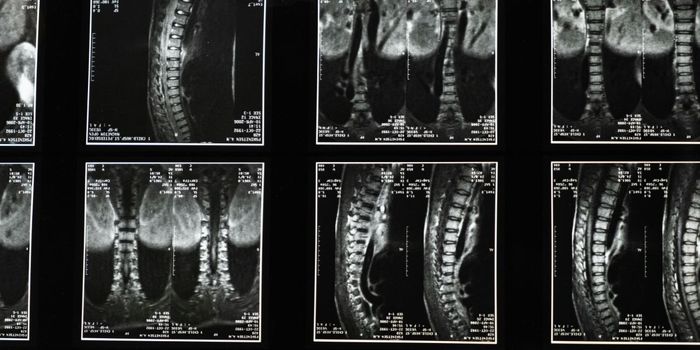Antidepressants Treats Lazy Eye
A study published in Current Biology revealed how a therapeutic used as an antidepressant and for managing pain could treat adult amblyopia, a vision disorder often referred to as the “lazy eye”. The therapeutic is subanesthetic ketamine which is known to evoke rapid and long-lasting effects for treating depression.
Learn more about adult amblyopia which is the result of the brain failing to process inputs from one eye versus the other.
"Our study, demonstrates how a single-dose of subanesthetic ketamine reactivates adult visual cortical plasticity and promotes functional recovery of visual acuity defects resulting from amblyopia," explained Xiangmin Xu, PhD, a professor of anatomy and neurobiology and director of the Center for Neural Circuit Mapping at the UCI School of Medicine.
The study showed how ketamine could control the nervous system and make structural changes in a process known as neural plasticity.
"Our research team showed that ketamine down-regulates NRG1 expression in PV inhibitory cells, resulting in sustained cortical disinhibition to enhance cortical plasticity in adult visual cortex," said Steven F. Grieco, PhD, a postdoctoral scholar in the Xu lab and lead author.
"Through this neural plasticity-based mechanism, ketamine mediated functional recovery from adult amblyopia." Xin Qiao, PhD, a postdoctoral staff in the Xu lab is a co-first author for the published paper.
The study confirmed that utilizing sustained treatments of ketamine reactivates adult cortical plasticity however, more research is needed.
Source: Science Daily









